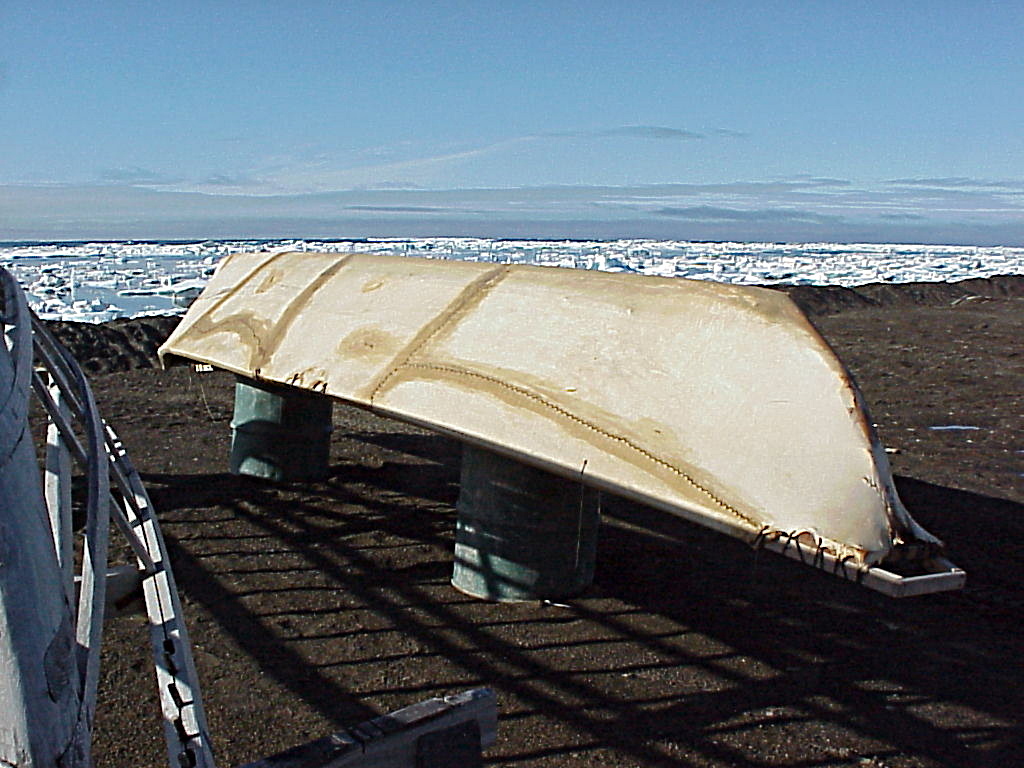Jimmy Higgins
Contributor
- Joined
- Jan 31, 2001
- Messages
- 44,251
- Basic Beliefs
- Calvinistic Atheist
link (shared)
Funny this came out as my daughter recently had an assignment on the ice bridge in the Bering Strait. Being fifth grade, it was a bit lacking in details. I mentioned that one thing to consider regarding people coming to America is that they didn't have to come from the bridge. It was that it was more likely for large numbers to come from the bridge, and that other groups could have come from water, as they did Oceania. But just because they made it, didn't mean they'd make it in the "new world". Or their impact was so small, that it'd be overwhelmed by the larger numbers later.
article said:Two years ago, a team of scientists came to the conclusion that human tracks sunk into the mud in White Sands National Park in New Mexico were more than 21,000 years old. The provocative finding threatened the dominant thinking on when and how people migrated into the Americas. Soon afterward, a technical debate erupted about the method used to estimate the age of the tracks, which relied on an analysis of plant seeds embedded with the footprints.
Now, a study published in the journal Science confirms the initial finding with two new lines of evidence: thousands of grains of pollen and an analysis of quartz crystals in the sediments.
“It’s more or less a master class in how you do this,” said Edward Jolie, an anthropological archaeologist at the University of Arizona who has studied the White Sands footprints in the field but was not involved in the new study. “As Carl Sagan said, ‘Extraordinary claims require extraordinary evidence.’ They have some extraordinary evidence.”
Lorena Becerra-Valdivia, a fellow at the Oxford Radiocarbon Accelerator Unit, said that the results support her modeling work, which suggested that people first crossed into present-day North America before 29,000 years ago, possibly traveling via the ocean.
Funny this came out as my daughter recently had an assignment on the ice bridge in the Bering Strait. Being fifth grade, it was a bit lacking in details. I mentioned that one thing to consider regarding people coming to America is that they didn't have to come from the bridge. It was that it was more likely for large numbers to come from the bridge, and that other groups could have come from water, as they did Oceania. But just because they made it, didn't mean they'd make it in the "new world". Or their impact was so small, that it'd be overwhelmed by the larger numbers later.

